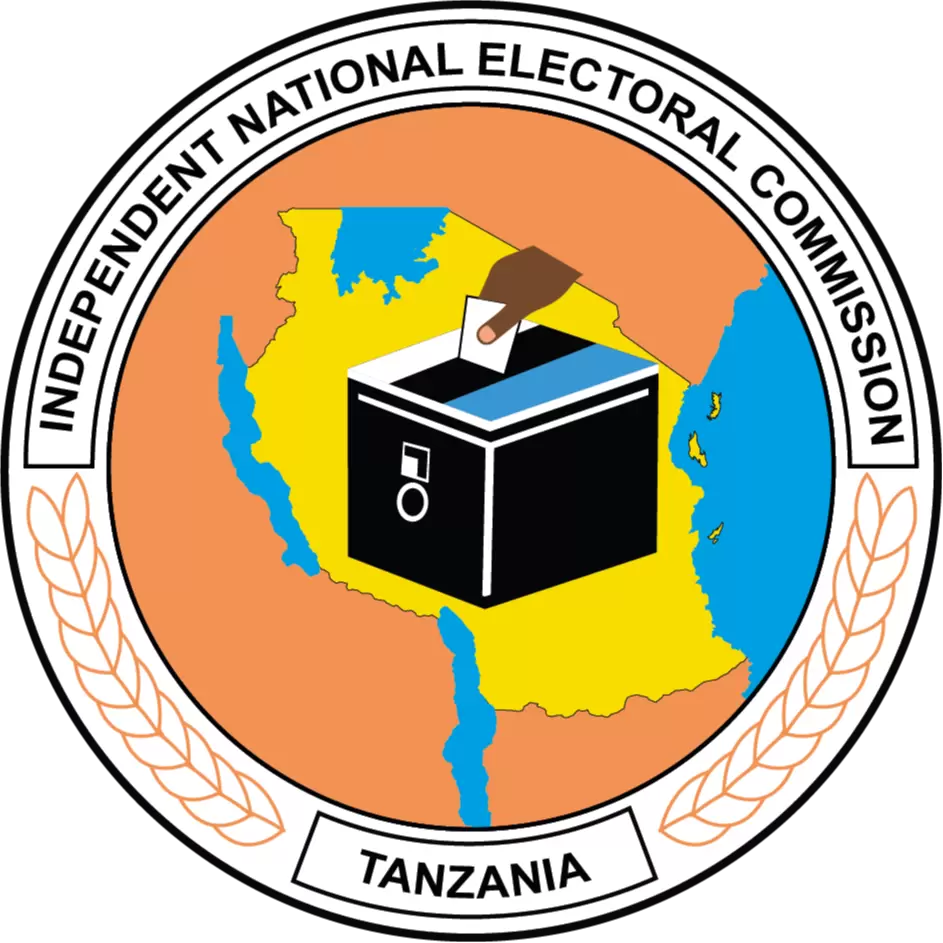Economic Benefits of Maize And Legumes (Common Bean and Dolichos Lablab) Intercrop As Influenced By Rhizobial Inoculation
- 8th March, 2022 07:18
- By MOSSES.BAYINGA
- Papers
Author(s) : Prosper I. Massawel; Kelvin M. Mtei; Linus K. Munishi; and Patrick A. Ndakidem;
This study was conducted to assess the economic benefits of maize-legumes intercrops as influenced by
Rhizobium inoculation. To achieve this aim, field experiments were conducted at Selian Agricultural Research Institute
(SARI) farm in northern Tanzania for two cropping seasons. A randomized complete block design was used in a 3-factorial
arrangement with two levels of Rhizobium (with and without rhizobia), 2 legumes (Phaseolus vulgaris and Lablab
purpureus) and 5 cropping systems (sole maize or sole legumes, 1 row maize to 1 row legumes (1:1) i.e. 0 m or 0.45 m of
legume from maize row, 1 row maize to 2 rows of legumes (1:2) i.e. 0.1 m or 0.2 m of legumes from maize rows).
Economic analysis was done based on simple fiscal analysis. Land equivalent ratios (LERs) for maize-legumes intercrops
were greater than 1 in both cropping seasons indicating resource use efficiency in intercrops compared with sole crop. The
LERs in this study provided insight that, in order to produce the same yields of both legumes and maize in the separate,
more than 100% of land will be required. The results further showed that Rhizobium inoculation significantly (P ≤ 0.001)
increased marginal net return (MNR) and marginal rate return (MRR) for both maize and legumes in the two cropping
seasons. The intercrop maize was most profitable than sole maize with an increase of more than 25% compared with sole
maize. In conclusion Rhizobium inoculation in the maize legumes intercrops resulted in superior and robust improvements
in crop yields and therefore economic benefits, relative to the uninoculated plots. These led to high net return per dollar of
investment and marginal returns in the intercropped plot followed by sole legumes.


